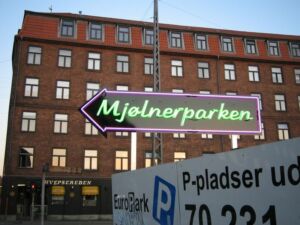News
Corona cases three times higher in vulnerable groups and public housing areas, study confirms
This article is more than 4 years old.
In two new major studies, antibody tests were administered to the staff and visitors of drop-in centres, and to inhabitants of 13 vulnerable residential areas in Copenhagen

Residents from some of the most vulnerable areas in Copenhagen showed infection rates three times higher than that of the wider population (photo: Kim Bach)
In two major studies, researchers behind the project ‘Vi Tester Danmark’ have demonstrated a higher incidence of antibodies to COVID-19 in certain groups and areas.
“The studies confirm that vulnerable groups in vulnerable housing areas are at an increased risk of getting COVID-19. It emphasises the need for a special focus in those places,” said Robert Skov, the chief doctor at the Statens Serum Institut.
Drop-in centres and public housing targeted
In the autumn of 2020, testing in drop-in centres confirmed that 6.7 percent of visitors and staff had antibodies – more than twice the prevalence found in the general population. Sex workers were particularly at an increased risk.
A similar study in January 2021 examined 13 vulnerable residential areas, including Gellerupparken, Vollsmose and Mjølnerparken. Here antibodies were detected in 17.3 percent of the participants – a figure three times higher than the general population in the same period.
Guideline-flouting not to blame
“A remarkable finding was that more than 98 percent of the participants followed the National Board of Health’s recommendations to use a mask, frequently wash their hands, and avoid handshakes, so the explanation of the high infection rate must be elsewhere,” said Professor Kasper Iversen from Herlev-Gentofte Hospital.
Vi Tester Danmark is run by Statens Serum Institut in collaboration with several universities and experts.










































